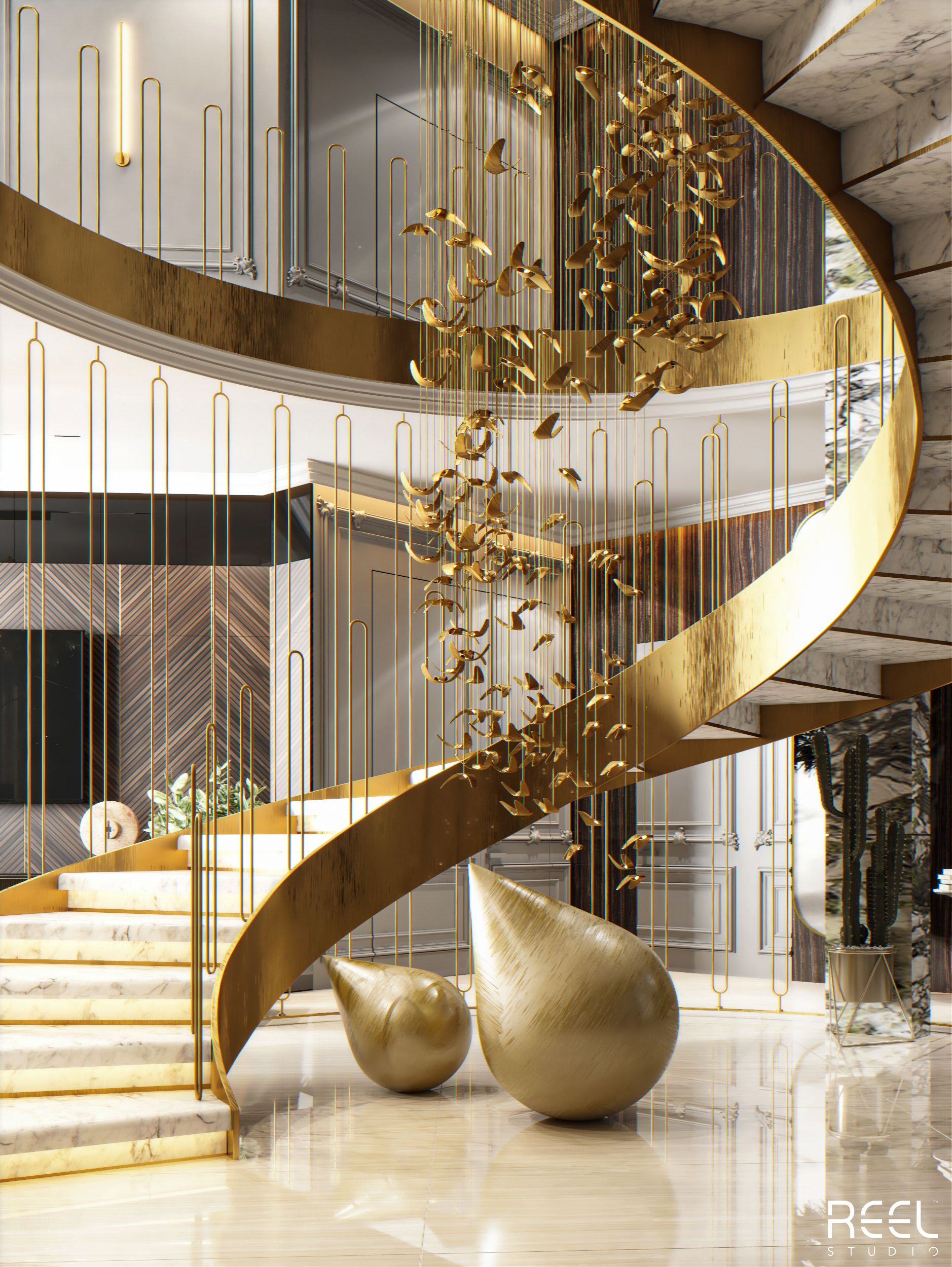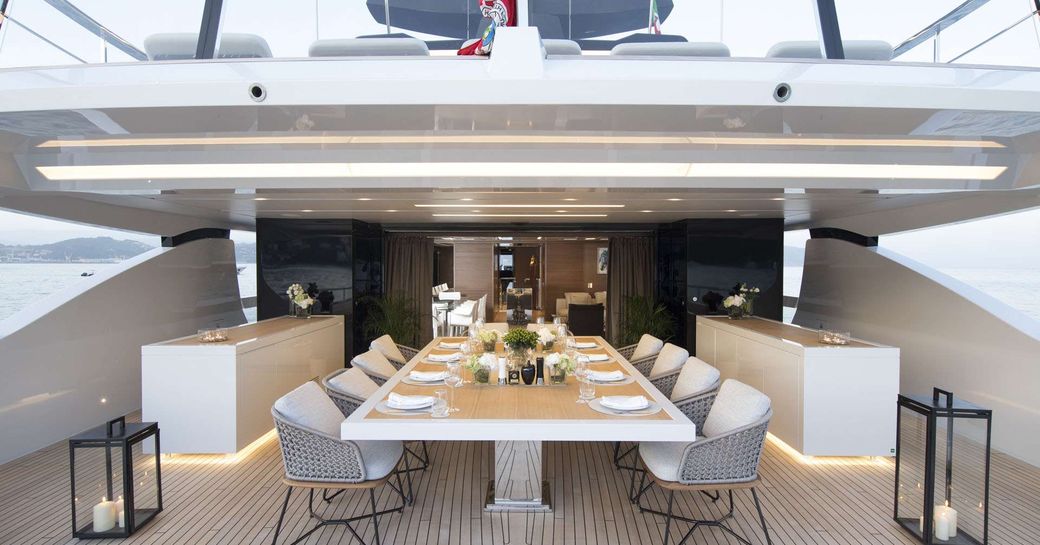Renovating Historic Properties in Europe: Blending Old World Charm with Modern Luxury
Europe is home to some of the most beautiful historic properties in the world, from grand castles and palaces to charming cottages and farmhouses. While many of these properties have been impeccably maintained over the years, others have fallen into disrepair, with outdated infrastructure, crumbling facades, and antiquated layouts.
However, for those with a passion for architecture, history, and design, renovating a historic property in Europe can be a dream come true. With careful planning, attention to detail, and a skilled team of architects, designers, and builders, it’s possible to transform an old, neglected property into a modern luxury residence while preserving its unique character and charm.
One of the key challenges of renovating a historic property is striking a balance between preserving its original features and bringing it up to modern standards of comfort, convenience, and efficiency. In many cases, this involves a delicate dance between historic preservation regulations and the needs and desires of the property’s new owners.
For example, when renovating a historic property, it’s often necessary to update the heating, plumbing, and electrical systems to meet modern standards. However, these updates must be done in a way that doesn’t compromise the integrity of the property’s historic features, such as its original fireplaces, ornate plasterwork, or antique wood paneling.
Another challenge of renovating historic properties is adapting them to modern lifestyles and design preferences. For example, many historic homes have small, dark rooms, narrow staircases, and low ceilings, which can feel cramped and claustrophobic by today’s standards.
To address these challenges, architects and designers must be creative and flexible, finding ways to open up spaces, add natural light, and incorporate modern amenities without sacrificing the property’s historic character.
For example, in the renovation of a historic farmhouse in Tuscany, Italy, the architects combined traditional elements like exposed brick walls and vaulted ceilings with modern design features like an open-plan living area and a minimalist kitchen. The result was a stunning blend of old and new, with the property’s original charm and character preserved while making it suitable for modern living.
Another example is the renovation of a 19th-century apartment in the heart of Paris, France. The architects removed a series of small, dark rooms and replaced them with an open-plan living and dining area, flooded with natural light from a series of large windows. The original parquet flooring was restored, while modern design elements like a sleek fireplace and minimalist light fixtures added a touch of contemporary style.
Overall, renovating historic properties in Europe requires a combination of creativity, expertise, and respect for the property’s unique history and character. With the right team and a careful approach, it’s possible to transform an old, neglected property into a modern luxury residence while preserving its beauty and charm for generations to come.
In conclusion, renovating historic properties in Europe can be a rewarding and challenging experience. Whether it’s a grand castle or a cozy cottage, each historic property has its unique character and history that must be preserved while adapting it to modern living standards. With the right team and a careful approach, renovating a historic property can result in a stunning blend of old-world charm and modern luxury that will be cherished for generations to come.



